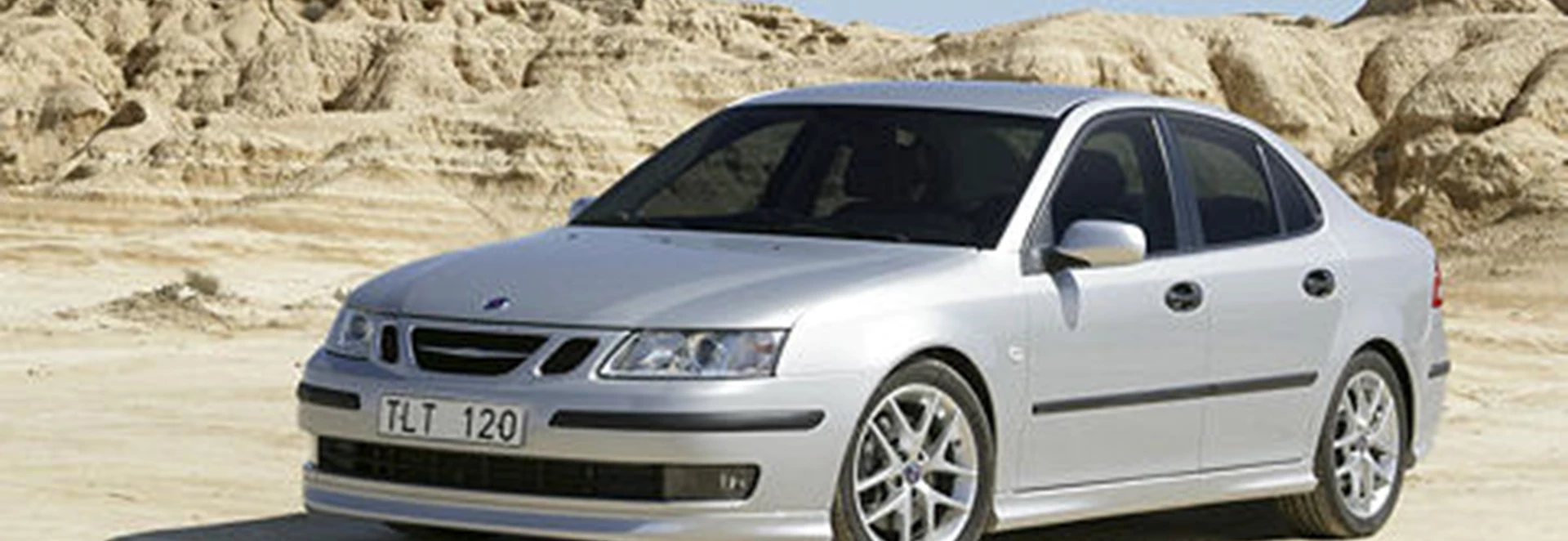These days, Saab has a vocabulary all its own, and Linear isn't described as the entry-level specification (which is what it is), but as the first of the four "forms" in the 9-3 range, leading on to Arc, Vector and Aero.Although the Linear trim and equipment list obviously isn't as fancy as the ones higher up the price range, this seems to me to be a very honest kind of car. Saab itself offers the rather curious opinion that it's "perhaps the version that lies closest to the very heart of Saab design". Maybe it's the way they tell them in Sweden.Anyway, the Linear models are as sturdily built as the rest of the cars from Trollhättan, with good safety provision and, like the rest of the range, the rare accolade of a five-star rating in the Euro NCAP adult occupant protection tests.Saab is very pleased that the 9-3 is one of only six cars to have been rated at that level, and is, of course, fitted with the anti-whiplash head restraints regarded at Thatcham as the benchmark for this kind of equipment. But it still considers that the Euro NCAP tests - or any laboratory crashes - tell nothing like the full story. Its own Crash Safety Development department studies real-life road accidents and performs something like 75 tests on each new model, where Euro NCAP does three.It seems curious at first glance that the Linear TiD costs exactly the same as the 1.8t petrol model, without any kind of premium for the larger-capacity turbo diesel. But it's even more curious that the 9-3, like the Vectra with which it shares a platform, has to make do with a non-common-rail engine.The head honchos at General Motors in Detroit must have been half asleep not to notice several years ago that all Saab's (and Vauxhall's and Opel's) European rivals in this class had moved on to common-rail diesel technology. It's almost incredible that GM Europe doesn't, even now that some other manufacturers of 1.8- to 2.2-litre cars are already fitting second-generation common-rail engines, have a first-generation type. It's different with the 9-5, which has access to an up-to-date Isuzu turbo diesel, but that engine is too big for the 9-3.However, the 2.2-litre TiD pulls strongly enough once it's up and running, and it's economical on a long run - much more so than the turbocharged petrol models, in which we find it difficult to match the official fuel consumption figures because of the temptation to get the turbo spinning. But it can't match the common-rail competition for a combination of performance, economy, quiet running and low emissions. All the same, the Saab is a decent long-distance car, with a solid overtaking punch.The Linear has the same main instrumentation as the Arc model we tested earlier, complete with the night panel arrangement and that perfectly judged information display in the centre of the fascia, just behind the windscreen. It also has the same weird handbrake design with which we're having rather a lot of trouble coming to terms. The potentially finger-pinching action just doesn't seem natural, especially if you happen to be wearing gloves.No heated front seats as standard in the Linear, and no wood trim anywhere, although the price does include 15" alloy wheels, traction control, air-conditioning, heated door mirrors, duplicate steering wheel controls for the audio system and so on.As with some Audi models, there's a certain lack of visual warmth about the cabin, in which the standard upholstery choice is between slate grey and parchment. The Linear has cloth trim on seats which are well designed for comfort and support. There are elastic-topped pouches in the leading edge of both front seats as extra stowage areas. As in all 9-3s, the boot is gigantic, and you have to wonder why Saab didn't allocate some of that cavernous space to the rear cabin instead.Out on the road, as with all turbo diesels, you soon realise how to drive the 9-3 according to where the maximum torque comes. It comes down at 1500rpm, by which point the engine is producing a hefty 206lb/ft. The supplied-from-Germany TiD engine, incidentally, doesn't come with a Saab Trionic management system, but with one by Bosch.Unlike our previous Arc test car, the Linear had a manual gearbox. There was a lot more feel to the gearchange action than in some earlier manual transmission Saabs, which tended to give the impression that some joker had disconnected the lever from whatever should have been underneath.Another thing which has improved the 9-3 range is that Saab has dropped its earlier stubborn refusal to have anything to do with height adjustment for the steering wheel. Now it's possible to settle into a properly comfortable driving position.Saab build quality and finish still seem to be of a high standard, although, as we reported previously, the factory is about to go onto a GM schedule. That means more components being shared with Opel and Vauxhall, a shift being removed, and the 9-3 and 9-5 coming off the same production line. Let's hope Saab manages to retain its individuality, and that the new common-rail turbo diesel appears soon.Second opinion: I'm all for a bit of luxury in a car, but although this is the most basic 9-3 we've tested so far I didn't miss any of the gubbins you get higher up the range. The TiD engine may not be common-rail, but it does the job splendidly - mid-range performance is very good, noise suppression likewise, and it seems to be able to get half as many miles again from a tank of fuel as the petrol versions. So far, this is my favourite 9-3. David Finlay. Engine 2171cc, 4 cylinders Fuel/CO2 42.8mpg / 177g/km Acceleration 0-62mph: 11.0 seconds Top speed 123mph Price £18,495 Details correct at publication date

Our Rating



